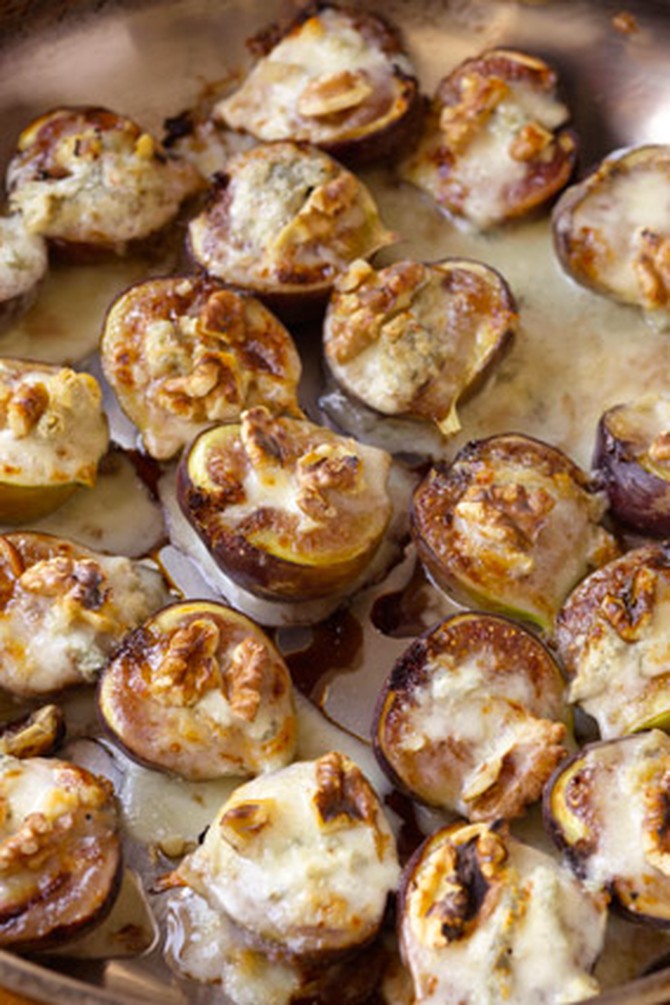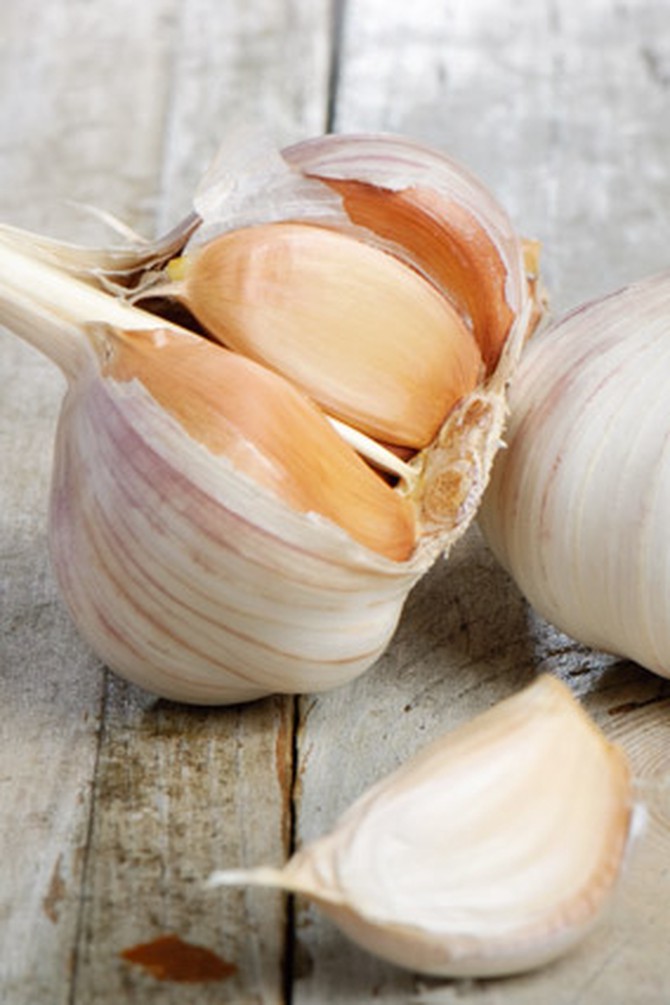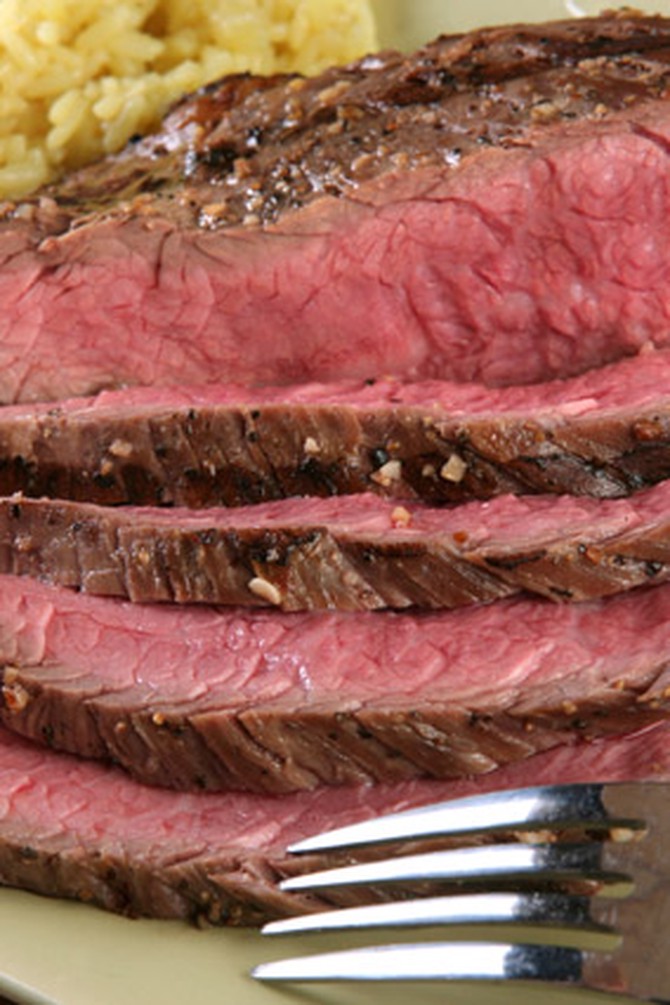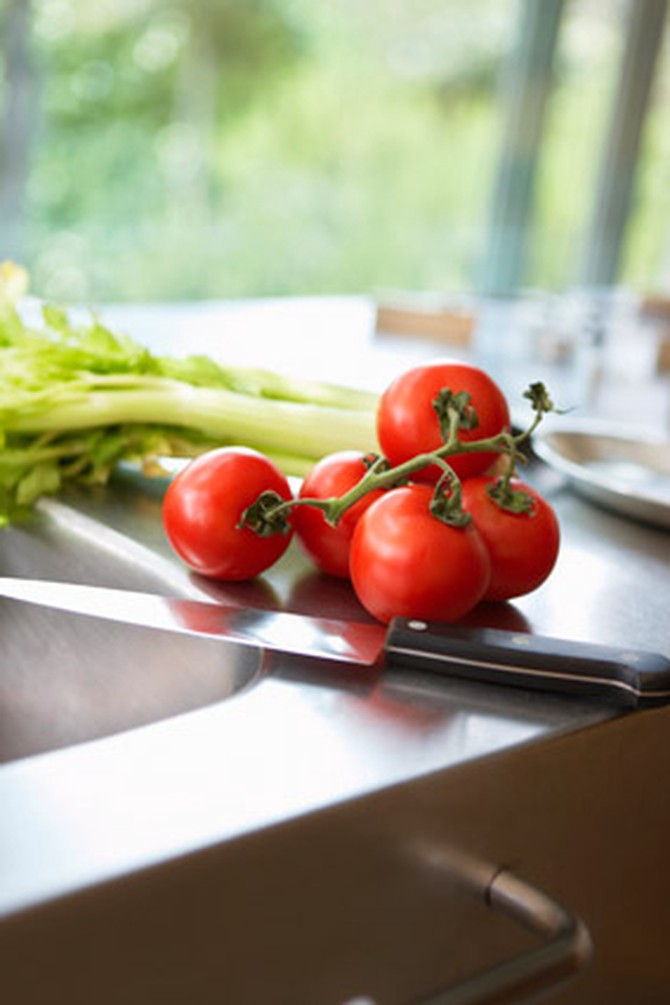Habits of 20-Minute Chefs
Smart moves from the pros on what they do when they want to eat—now.
By Lynn Andriani

Photo: Ben Fink
They reheat appetizers on nights when they're too tired to cook.
There's a famous dish on the menu at Suzanne Goin's Los Angeles restaurant A.O.C.; it's a spin on the classic finger food Devils on Horseback, where chunks of Parmesan are stuffed inside dates, and then each piece is wrapped in bacon and baked. In The A.O.C. Cookbook, Goin says one of the bartenders at the restaurant makes big batches of these bites at home, keeps them in the fridge and reheats them late at night in a toaster oven. Steal this trick anytime you're making easy-to-make snacks, such as mini pizzas or cheese and nuts-stuffed figs; just pop them in the refrigerator (for up to five days) or the freezer (for up to two months) and heat them up anytime you need a quick meal.

Photo: Thinkstock
They leave the skins on whenever possible.
When Amy Loveless, chef at Massachusetts' Dream Away Lodge, leaves the potato skins on in her classic mashed-potatoes dish, it's a technique that you can call "rustic"—or you can call it a brilliant time-saving tactic. The same skin-on aesthetic goes for eggplants, cucumbers, carrots and sunchokes since their outer layers are completely edible (just give those last two a good scrub, which still takes less time than peeling). Many leaves, too, are fine to eat and even good for you; try tossing the celery leaves into the salad instead of taking the trouble to remove them.

Photo: Thinkstock
They don't use knives to mince garlic.
Chances are, if you're making a quick meal, you're starting with minced garlic—it's one of the fastest ways to deliver flavor with just one ingredient. But you may not know that you can use a Microplane grater to get tiny, evenly sized pieces of garlic in a fraction of the time it takes to use a knife, says Brooke Vosika, executive chef
at The Bristol Lounge in the Four Seasons Hotel Boston. Just start with a garlic clove, lightly smash it with the back of the grater to get the skin off easily, then grate—and watch your fingers as you near the end.

Photo: Thinkstock
They don't decide to make a rib eye when they're really hungry.
One of the reasons O mag contributor and former caterer Sunny Anderson likes to cook instead of going out to eat is that sometimes, she's too impatient to wait at a restaurant. In her new book Sunny's Kitchen: Easy Food for Real Life, she says that when she's in one of these moods, she tells herself it's not a night for a 3-inch rib eye that'll take up to a half hour to cook. Instead, she reaches for flank steak: It's thin (only about an inch or so thick), so it gets to room temperature quickly, and it's juicy and tender when medium-rare (which means a short cooking time—four to six minutes per side, max).

Photo: Thinkstock
They keep their knives sharp—but not for the reason you'd think.
You've probably heard that sharp knives are safer, since you're more likely to slip up and cut yourself with a dull blade. But you may not know what a time-saver a well-honed knife can be. Mette Williams, executive chef at Culina, Modern Italian at the Four Seasons Los Angeles at Beverly Hills, says keeping these kitchen workhorses in their best shape means you'll be able to chop faster and more efficiently—which can shave significant prep time when you're staring down a bunch of onions and veggies for a stir-fry. Keep a knife-sharpening steel handy and use it whenever you notice your knives are slipping on food instead of slicing through. This can be as often as once a week if you cook a lot. (Here's how to use one.)
Next: 9-minute dinners
Next: 9-minute dinners
Published 12/31/2013

